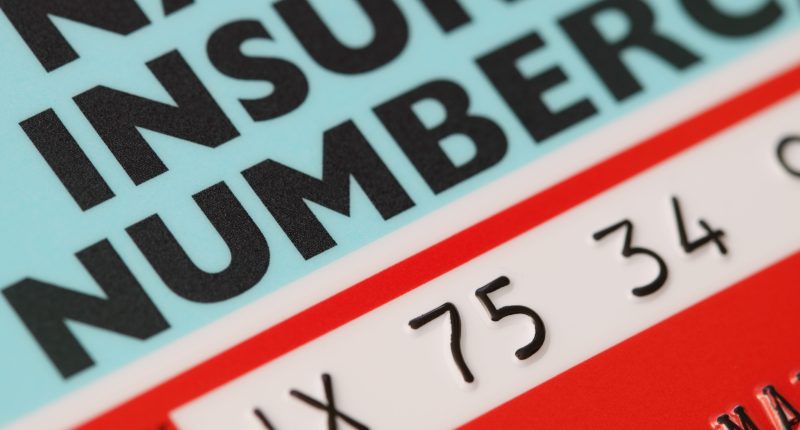CHANCELLOR Jeremey Hunt announced a swathe of tax cuts from both the self-employed and normal working Brits in his Autumn Statement.
Mr Hunt vowed to “reduce debt, cut taxes and reward work” as he unveiled a package aimed at saving cash-strapped Brits and turbo-charging the economy.
He slashed National Insurance, boosted Universal Credit benefits and put up the national living wage.
Below we explain exactly what the National Insurance cut means for your wages.
What does it mean for workers?
The average employee is set to receive a £450 pay rise thanks to a two percentage point cut to the main rate of National Insurance Contributions (NICs).
The main 12% rate of employee NI, also knowns as Class 1 NICs will be cut.
Read more in money
From January 6, the rate will be cut by two percentage points from 12% to 10%.
This change will help 27million people and it means that someone earning an average salary of £35,000 will save over £450.
Depending on your role and income you could take up up to £600 a year more thanks to the tax cut, according to the Treasury.
For example, a senior nurse with 5 years of experience on £42,618 will receive an annual gain of £600.
Most read in Money
An average full-time nurse on £38,900 will receive an annual gain of over £520.
A police officer on £44,300 will receive an annual gain of over £630.
Plus, a typical junior doctor on £63,000 will receive an annual gain of over £750.
Even a cleaner working night shifts on £21,000 will receive a gain of £170.
The average teacher on £44,300 will receive an annual gain of over £630.
And a hard-working family with two earners on the average earnings of £35,404 will be £900 better off.
What does it mean for the self-employed?
The self-employed will get an income boost of up to £350 thanks to the abolition of some NICs in today’s Autumn Statement.
He is also cutting one percentage point off the rate charged for Class 4 NICs.
The move would save two million self-employed workers £350 a year from April.
Class 2 and Class 4 NI are paid by self-employed Brits making a profit of £12,570 or more a year.
Class 2 NI is a flat rate compulsory charge, currently £3.45 a week, paid by self-employed people earning more than £12,570 which gives state pension entitlement.
But from April 2024, the government is abolishing Class 2 National Insurance altogether, saving the average self-employed person £192 a year.
The same workers pay Class 4 NI at 9% on all earnings between £12,570 and £50,270.
But that rate is being cut by one percentage point to 8% from April.
What is National Insurance?
National Insurance is a tax on your earnings, which is put into a fund to use for some state benefits.
This includes the state pension, statutory sick pay, maternity leave and unemployment benefits.
If you are a UK national, you should receive an NI number and card automatically before you turn 16.
This number allows the government to track your earnings and apply the right amount of tax.
Who pays National Insurance?
You pay National Insurance if you’re 16 or over and either:
- an employee earning above £242 a week
- self-employed and making a profit of £6,725 or more a year
It is deducted from your wages each month.
If you’re employed, you can see your contributions by looking at your pay slip.
Once you reach state pension age, you don’t need to pay it at all.
There are different types of National Insurance – known as “classes” -, and the type you pay depends on your employment status and how much you earn, and whether you have any gaps in your National Insurance record.
What are the current NIC thresholds and how much do I pay?
The threshold for National Insurance payments is currently £12,570 a year for employed workers and £6,725 for self-employed people.
A change in April last year saw millions of workers paying 1.25% more NI, but that hike was reversed from November 6, saving workers £330 a year on average.
But rates fell from 13.25% to 12% and from 3.25% to 2% – the same as before April 2022.
If you are employed, you start paying National Insurance when you are 16 or older.
Most people now pay 12% NICs on any earnings between £242 and £967 a week.
Plus you have to pay 2% on anything you earn over £967 a week – or £4,189 per month.
Those earning less than these amounts do not have to pay any National Insurance.
The self-employed start paying when they make profits of at least £6,725 a year.
If you’re self-employed you need to complete a self-assessment tax return and pay NICs and income tax yourself.
The exact amount you pay will depend on how much you earn as it’s a percentage of earnings between these amounts.
This post first appeared on thesun.co.uk











